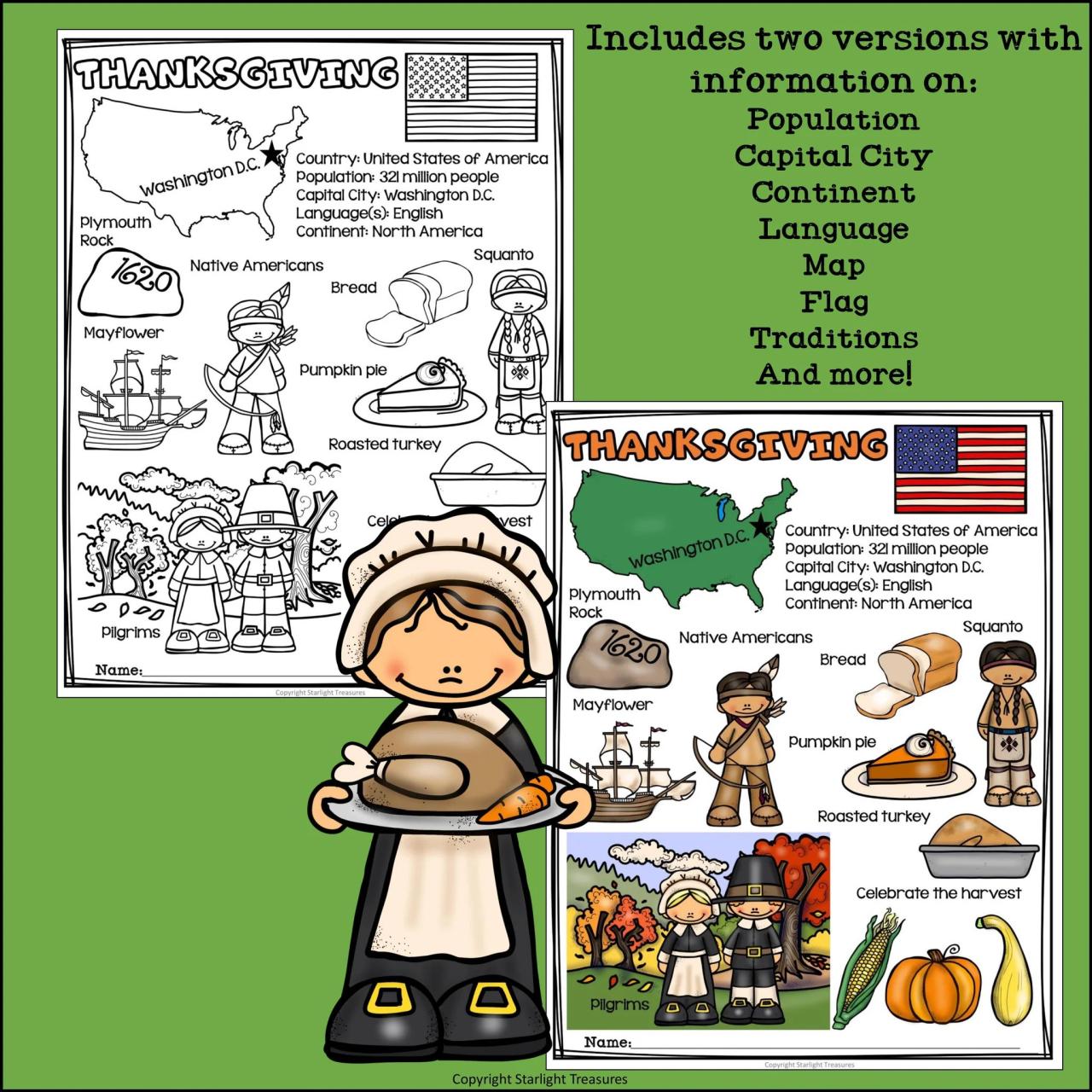Thanksgiving Fact or Fiction Answer Key is an indispensable guide that unveils the fascinating truths and debunks the prevalent myths surrounding this cherished American holiday. As we delve into the annals of Thanksgiving, we uncover the historical origins, evolving customs, and cultural significance that have shaped this beloved tradition.
Throughout this comprehensive exploration, we dissect the traditional Thanksgiving feast, tracing its culinary roots and regional variations. We analyze the portrayal of Thanksgiving in literature and media, identifying recurring themes and motifs that have influenced American culture and identity.
Thanksgiving Traditions and Customs
Thanksgiving is a time-honored tradition that has evolved over centuries, with its origins deeply rooted in historical events. The first Thanksgiving celebration can be traced back to 1621, when the Pilgrims, a group of English settlers, shared a harvest feast with the Wampanoag Native Americans in Plymouth, Massachusetts.
This gathering marked a period of peace and cooperation between the two groups and is widely regarded as the origin of Thanksgiving.Over time, Thanksgiving evolved into a national holiday, with President Abraham Lincoln declaring it as such in 1863. The holiday has since become a cherished tradition, celebrated annually on the fourth Thursday of November.
Thanksgiving is a time for families and friends to gather, give thanks, and enjoy a festive meal together.
Significance and Symbolism of Thanksgiving Practices
Thanksgiving traditions and customs hold deep significance and symbolism. The turkey, a centerpiece of the Thanksgiving feast, represents abundance and prosperity. The pumpkin pie, another popular Thanksgiving dish, symbolizes the harvest season. The act of giving thanks, central to the holiday, expresses gratitude for the blessings and provisions received throughout the year.
Thanksgiving Feast
The traditional Thanksgiving menu is a feast of plenty, with dishes that have become synonymous with the holiday. The turkey, roasted and seasoned with herbs and spices, takes center stage. Other classic Thanksgiving dishes include stuffing, mashed potatoes, cranberry sauce, and pumpkin pie.Cultural
and regional variations in Thanksgiving dishes reflect the diverse culinary traditions of the United States. In the South, for example, sweet potato casserole and cornbread dressing are popular side dishes. In New England, seafood dishes, such as clam chowder and oyster stuffing, are often served.
Iconic Thanksgiving Foods
Thanksgiving is a time for indulging in iconic foods that have become part of the holiday’s culinary legacy. The turkey, a symbol of abundance, is carefully prepared and roasted to perfection. Mashed potatoes, creamy and fluffy, provide a comforting and satisfying side dish.
Cranberry sauce, tart and tangy, adds a vibrant color and flavor to the table. Pumpkin pie, with its sweet and spicy filling, is a beloved dessert that concludes the Thanksgiving feast.
Thanksgiving in Literature and Media
Thanksgiving has been a recurring theme in American literature and media, reflecting its cultural significance. Classic works of literature, such as Nathaniel Hawthorne’s “The Scarlet Letter” and Mark Twain’s “The Adventures of Tom Sawyer,” depict Thanksgiving as a time for family, gratitude, and reflection.Contemporary
media, including television shows and movies, often portray Thanksgiving as a time for family gatherings, festive meals, and heartwarming moments. These depictions reinforce the holiday’s traditional values and contribute to its enduring popularity.
Impact on American Culture and Identity, Thanksgiving fact or fiction answer key
Thanksgiving has played a pivotal role in shaping American culture and identity. The holiday celebrates the nation’s history, values, and traditions. It is a time for Americans to come together, regardless of their differences, and appreciate the blessings they share.
Thanksgiving has fostered a sense of national unity and patriotism, contributing to the fabric of American society.
Thanksgiving as a National Holiday

Thanksgiving became a national holiday in 1863, during the American Civil War. President Abraham Lincoln declared the last Thursday of November as a day of thanksgiving and praise to God for the nation’s blessings. The holiday has since been celebrated annually, except for a brief period during World War II when it was moved to the fourth Thursday of November.Thanksgiving
as a national holiday has sparked debates and controversies over its origins and meaning. Some argue that the holiday’s historical narrative is incomplete and fails to fully acknowledge the experiences of Native Americans. Others emphasize the importance of Thanksgiving as a time for reflection and gratitude, regardless of its historical complexities.
Role in Fostering National Unity and Patriotism
Thanksgiving plays a significant role in fostering national unity and patriotism. It is a holiday that transcends political and social divisions, bringing Americans together in a shared celebration. The focus on gratitude and reflection encourages citizens to appreciate the blessings they enjoy and to come together as a nation.
Thanksgiving parades, football games, and family gatherings all contribute to the festive atmosphere that strengthens the bonds of community and national pride.
FAQ Overview: Thanksgiving Fact Or Fiction Answer Key
Is Thanksgiving a religious holiday?
Thanksgiving is primarily a secular holiday in the United States, although its origins can be traced to religious observances.
What is the significance of the turkey on Thanksgiving?
The turkey has become a traditional Thanksgiving centerpiece due to its abundance and symbolism of prosperity and unity.
Is it true that the first Thanksgiving was held in 1621?
While the 1621 Plymouth harvest celebration is often referred to as the “first Thanksgiving,” there were earlier instances of Thanksgiving observances.